Math can be tricky, especially when you're trying to decipher algebra. It's a love-hate thing; if you don't love math, then you hate it, and there's no in-between. But it doesn't have to be a pain to solve a few problems. It's actually quite simple once you figure it out. An algebraic equation is an equation that includes one or more variables. These equations can be solved as long as the number of variables does not exceed the number of equations.
You Will Need
* A set of algebraic equations
* A pencil and paper
* A calculator
Step 1: Simplify the equations
Simplify the equations by combining like terms and evaluating expressions in parentheses.
Step 2: Rewrite an equation
Rewrite one of the equations as an expression involving a single variable.
Given the equations 5x plus 3y equals 38 and 7x minus 3y equals 46, rewrite the second one as y equals (7x minus 46) divided by 3.
Step 3: Substitute the isolated variable
Substitute the isolated variable in the other equation.
Substituting for y, the equation 5x plus 3y equals 38 becomes 5x plus 7x minus 46 equals 38.
Step 4: Solve the equation in one variable
Solve for the remaining variable, then go back and calculate the value of the first one.
Solving 5x plus 7x minus 46 equals 38, gives x equals 7. Since y equals (7x minus 46) / 3, y must equal 1.
Step 5: Solve larger systems of equations analogously
Use an analogous procedure to solve systems of equations involving larger numbers of variables.
Babylonian mathematicians were probably the first to solve linear algebraic equations in more than one variable.






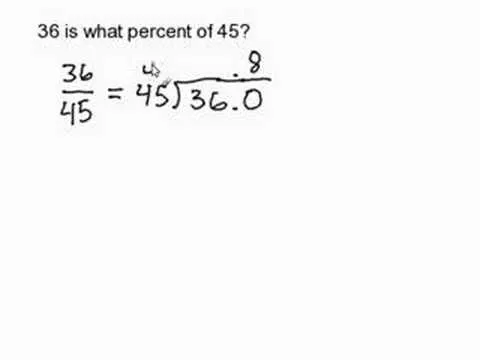
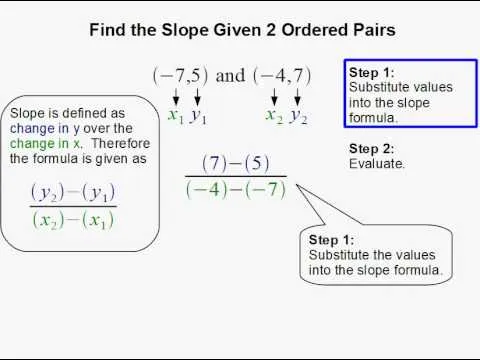











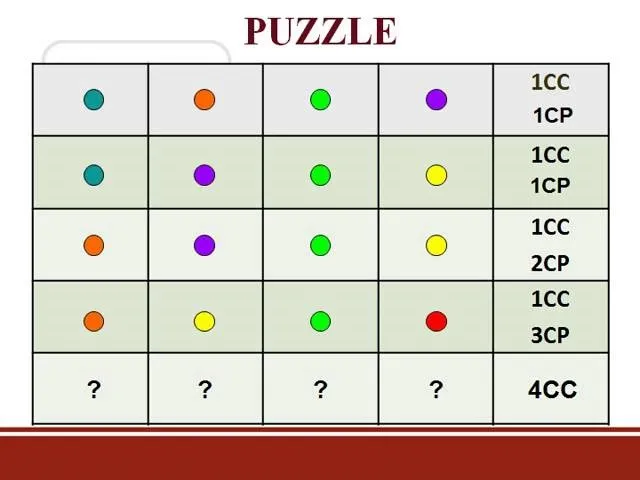
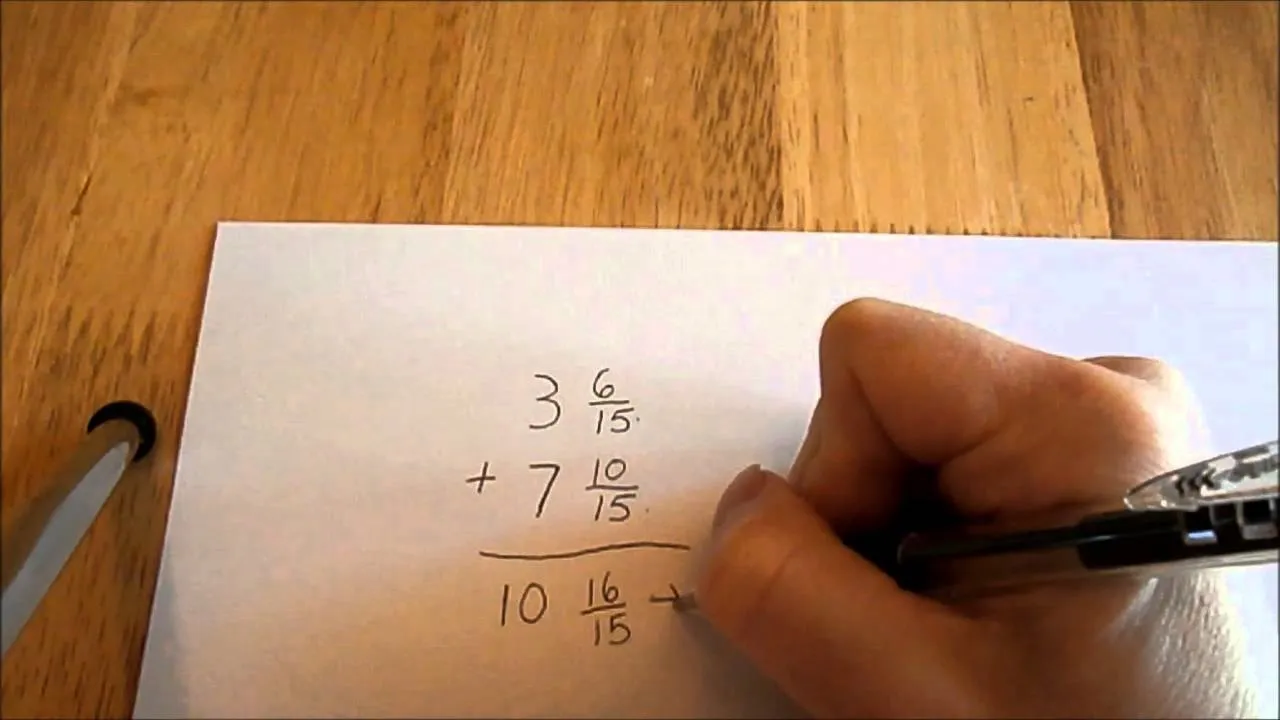

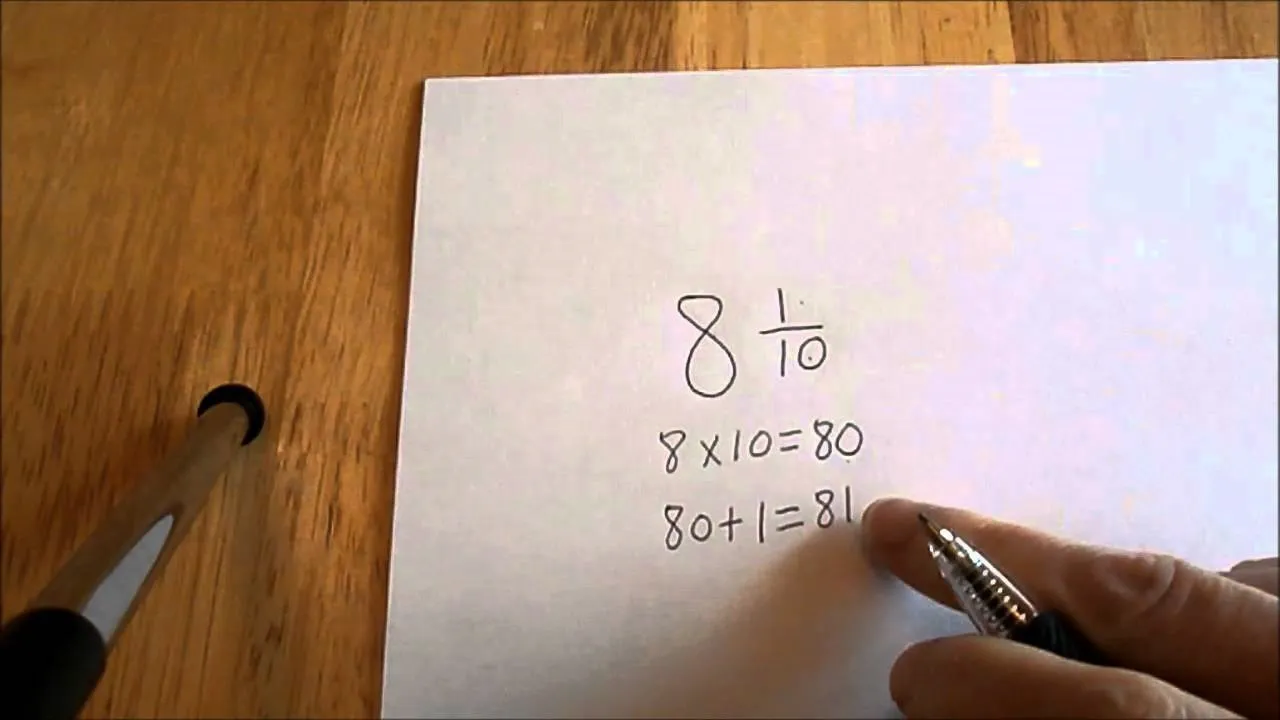


Comments
Be the first, drop a comment!